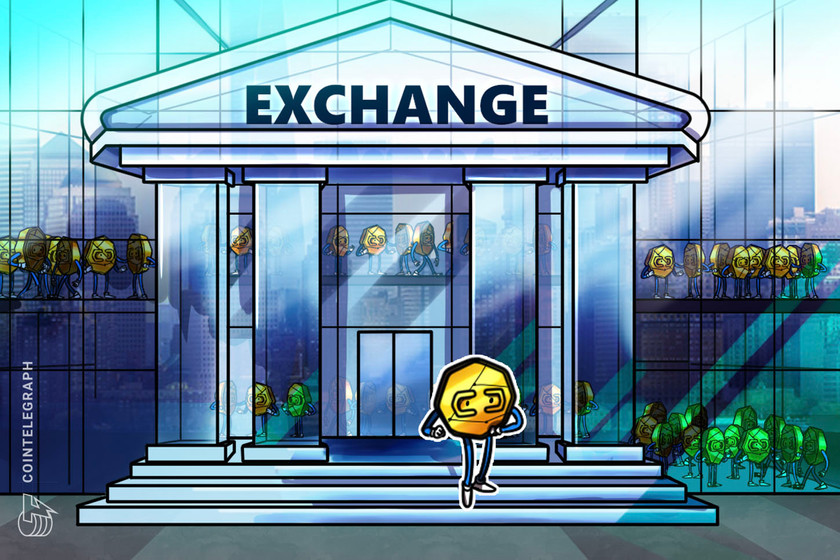DEX dev Uniswap Labs looks for new funding at unicorn valuation: Report


Uniswap had been previously in talks with NFT lending protocols, planning to tackle liquidity issues and the “information asymmetry” around NFTs.
Major decentralized exchange (DEX) Uniswap (UNI) is in the early stages of raising significant funds to further expand its decentralized finance (DeFi) offerings, according to a new report.
Uniswap Labs, a DeFi startup contributing to the Uniswap Protocol, is engaging with a number of investors to raise an equity round of $100 million to $200 million, TechCrunch reported on Sept. 30.
The startup is working with investors like Polychain and one of Singapore’s sovereign funds as part of the upcoming funding round, the report notes, citing two anonymous people familiar with the matter. According to the report, Uniswap would be valued at $1 billion, but the terms of the deal are subject to changes as the discussions around the round have not been finalized.
The new funding reportedly aims to bring more DeFi tools and nonfungible token (NFT) offerings to Uniswap. At the time of writing, Uniswap’s daily trading volumes amounted to $1.1 billion, or about 57% of all trading across global DEXs, according to data from DefiLlama. By comparison, Curve, the second-largest DEX after Uniswap by volumes, has about $205 million in daily volumes.


“Our mission is to unlock universal ownership and exchange,” Uniswap Labs chief operating office Mary-Catherine Lader reportedly said. “If you can embed the ability to swap value and have people join the community and exchange value with your project, or your company or organization — that’s a powerful way to allow more people to engage in this ownership,” she added.
Uniswap Labs declined to confirm or deny the report on the startup’s plans about the raise.
As previously reported by Cointelegraph, Uniswap has been in talks with multiple NFT lending protocols, targeting ambitious plans to tackle liquidity issues and the “information asymmetry” around NFTs. The Ethereum-based DEX has experienced a growing trend despite the bear market this year.
Related: Pantera plans to raise $1.25B for second blockchain fund: Report
Launched in 2018, Uniswap completed its first-ever funding round from the American crypto-focused investment firm Paradigm in 2019. The company also closed a Series A funding round led by Andreessen Horowitz in 2020, with additional investments from firms like Paradigm, USV, Version One, Variant, Parafi Capital and others.




























































